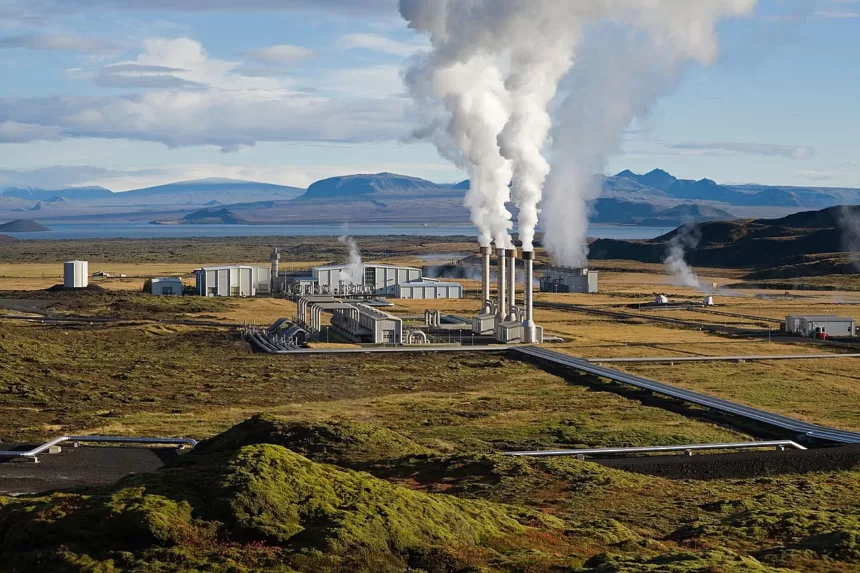As the world shifts towards cleaner energy alternatives, traditional renewables like solar and wind have dominated discussions. However, one potent renewable source, geothermal energy, has been notably absent from the spotlight.
Underutilized Potential:
Geothermal energy harnesses Earth’s subterranean heat, yet in the United States, it remains grossly underutilized. In 2019, the U.S. generated approximately 18,300 GWh from geothermal sources, a seemingly impressive figure. However, it represents just 0.4% of the nation’s total power generation.
Europe’s situation isn’t much better, with a mere 1.5 GW of its 209 GW electricity capacity coming from geothermal sources. Alarmingly, only around 800 geothermal wells are drilled worldwide annually, a stark contrast to the over 100,000 oil wells.
Versatile Applications:
Geothermal energy can be tapped almost anywhere, offering both electricity generation and heating/cooling solutions. This energy source stems from Earth’s formation and the heat generated by the movement of core materials and the decay of radioactive elements. Astonishingly, just 10,000 meters beneath Earth’s surface holds 50,000 times more energy than all global oil and natural gas reserves combined.
Unlike intermittent sources like solar and wind, geothermal power boasts a high reliability with a remarkable capacity factor of 74.3%, surpassing solar (24.9%) and wind (35.4%).
Environmental Benefits:
Geothermal energy is significantly cleaner than fossil fuels. Geothermal power plants emit roughly 99% less CO2 and 97% less acid rain-causing sulfur compounds compared to fossil fuel plants of similar size. Moreover, geothermal plants often include scrubbers to mitigate emissions, and Iceland, heavily reliant on geothermal energy, emits just one-third of the greenhouse gases per capita compared to the United States.
The Shale Connection:
The technology that fueled the U.S. shale boom could revolutionize geothermal energy. The continental U.S. possesses over 100 GW of geothermal electric capacity, 40 times the current installed capacity. In Europe, geothermal energy could potentially supply 80-100 GW, if harnessed efficiently.
Challenges persist due to higher drilling and production costs compared to other clean energy sources. In 2021, the Levelized Cost of Energy (LCOE) for geothermal energy in the U.S. was $84.80/MWh, significantly more than utility-scale solar ($36.60/MWh) and onshore wind ($40.90/MWh).
Enhanced Geothermal Systems (EGS):
EGS, akin to shale drilling, enhances energy output and expands geothermal’s reach. It creates subsurface fractures that allow the injection of a heat transfer fluid, heating it via rock contact and generating electricity on the surface. The U.S. Department of Energy is investing $165 million in EGS research, aiming to lower costs to $45 per MWh by 2035.
European Initiatives:
Europe, too, is making strides with the EU-funded GEORISK project, which aims to attract private investment by assessing and mitigating risks associated with geothermal projects.
Private Sector Engagement:
The private sector is increasingly involved in geothermal energy, with Chevron, BP, and others investing millions. Geothermal startups are raising substantial capital, and the cost-effectiveness of geothermal energy is on the horizon, similar to the evolution of solar energy.
Urgency and Momentum:
Governments globally are seeking energy security in the face of the energy crisis, and geothermal energy presents a viable solution. Iceland’s environment minister emphasizes that geothermal can be adopted worldwide, regardless of volcanic activity.
Industry Transformation:
A significant transfer of skills and personnel from the oil and gas sector into geothermal is underway, given the technological parallels. This shift promises to propel geothermal energy into mainstream usage in the coming decades.







